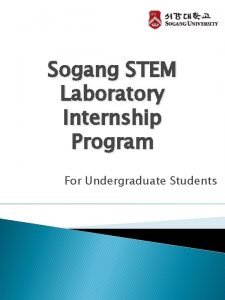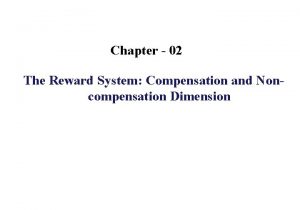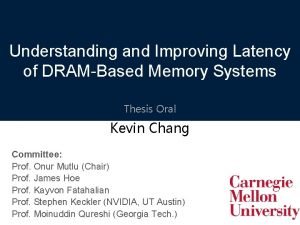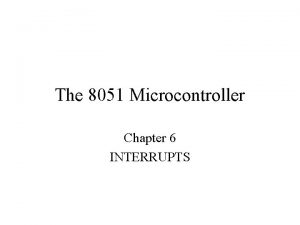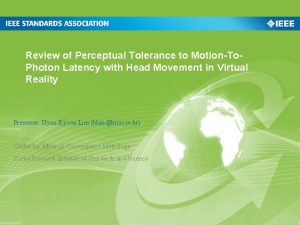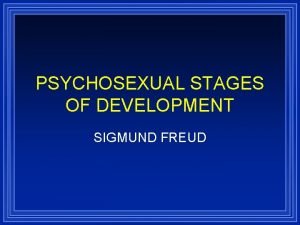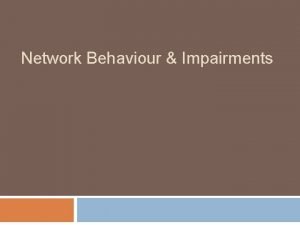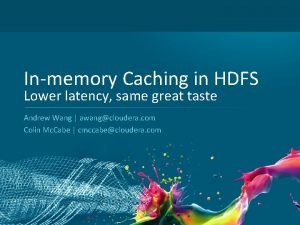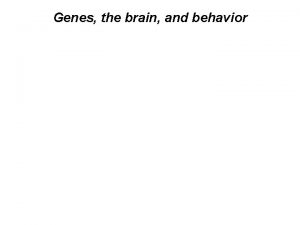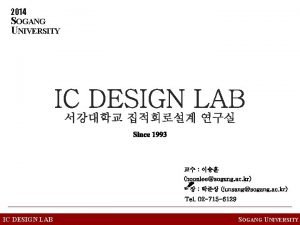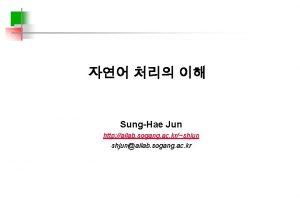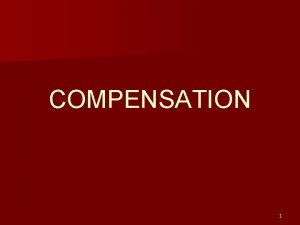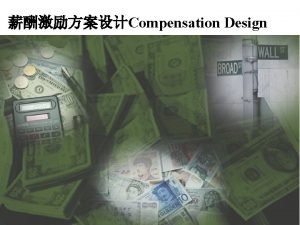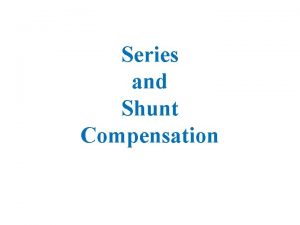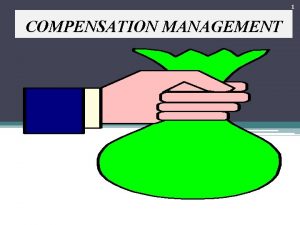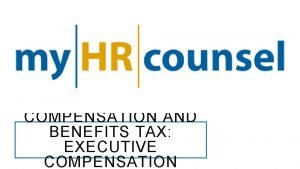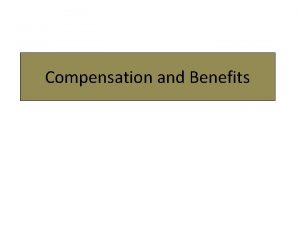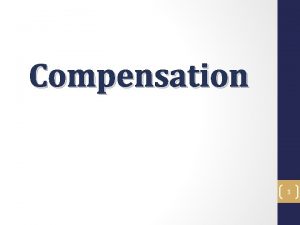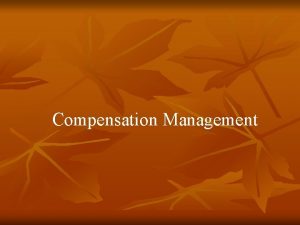Latency Compensation Technique SukJu Kang Sogang University Compliance












- Slides: 12

Latency Compensation Technique Suk-Ju Kang, Sogang University

Compliance with IEEE Standards Policies and Procedures üSubclause 5. 2. 1 of the IEEE-SA Standards Board Bylaws states, "While participating in IEEE standards development activities, all participants. . . shall act in accordance with all applicable laws (nation-based and international), the IEEE Code of Ethics, and with IEEE Standards policies and procedures. " üThe contributor acknowledges and accepts that this contribution is subject to • The IEEE Standards copyright policy as stated in the IEEE-SA Standards Board Bylaws, section 7, http: //standards. ieee. org/develop/policies/bylaws/sect 6 -7. html#7, and the IEEESA Standards Board Operations Manual, section 6. 1, http: //standards. ieee. org/develop/policies/opman/sect 6. html • The IEEE Standards patent policy as stated in the IEEE-SA Standards Board Bylaws, section 6, http: //standards. ieee. org/guides/bylaws/sect 6 -7. html#6, and the IEEE-SA Standards Board Operations Manual, section 6. 3, http: //standards. ieee. org/develop/policies/opman/sect 6. html 2

IEEE 3079 HMD Based 3 D Content Motion Sickness Reducing Technology [Dong Il Seo and dillon@volercreative. com] Latency Compensation Technique Date: 2019 -10 -7 Author(s): Suk-Ju Kang Name Suk-Ju Kang Affiliation Sogang University Phone [optional] +82 -10 -7103 -6520 Email [optional] sjkang@sogang. ac. kr 3

Background ü Resolution and Latency Resolution Latency 4

Background ü Computational Cost Reduction 5

System Overview 6

System Overview ü Motion prediction process Head motion Prediction based warping (a) Delayed output (b) degree Reference Prediction (b) (a) time 7

Proposed Method ü Overall architecture Head motion Prediction based warping Prediction method HMD device yaw pitch roll Curve fitting K-step ahead prediction Rendering system VRAM yaw pitch roll Warping Orientation Pixel values 8

Proposed Method ü Linear extrapolation – Our goal is to develop a processor-based predictive tracking method – For a real-time implementation, a linear extrapolation is used • Over 75 Hz refresh rate of HMD display -> One prediction step ≈ 13. 3 ms • Considering the quality preservation and low complexity 3 rd order polynomial curve (high complexity) Lagrange polynomials Linear extrapolated : Predicted value at time k 9

Proposed Method ü Limitation – Position error caused by the maximum head rotation speed – In order to compensate the error, we evaluate maximum rotation speeds based on the biological data and generate the mapping table *G. E. Grossman et. al “Frequency and velocity of rotational head perturbations during 10

Experimental Results ü Predicted angles – Prediction steps (1, 2) • Prediction step 1: 13. 3 milliseconds • Prediction step 2: 26. 6 milliseconds Sensor data Proposed system 11

Experimental Results ü Predicted angles – Prediction steps (3, 4) • Prediction step 3: 39. 9 milliseconds • Prediction step 4: 53. 2 milliseconds Sensor data Proposed system 12
